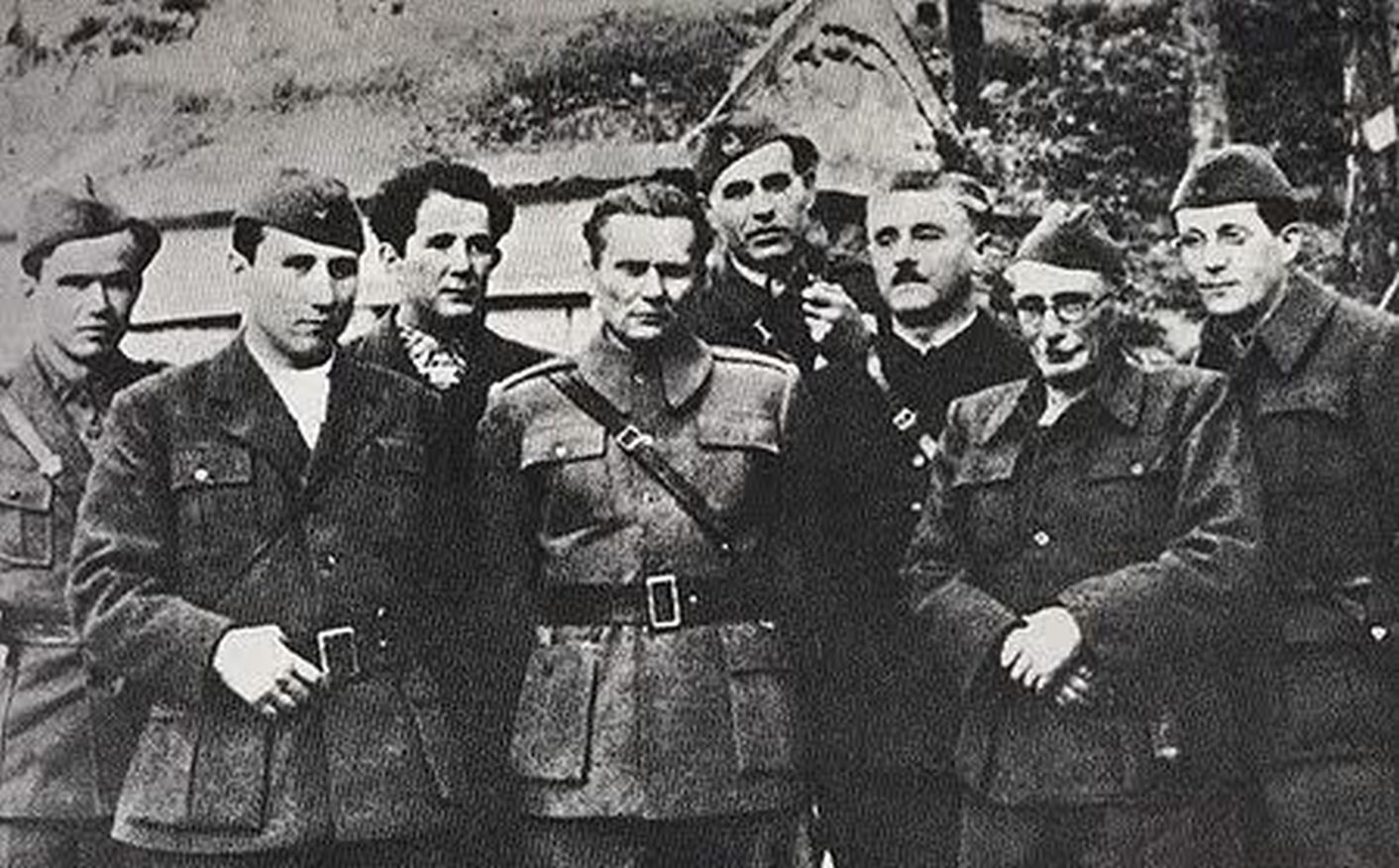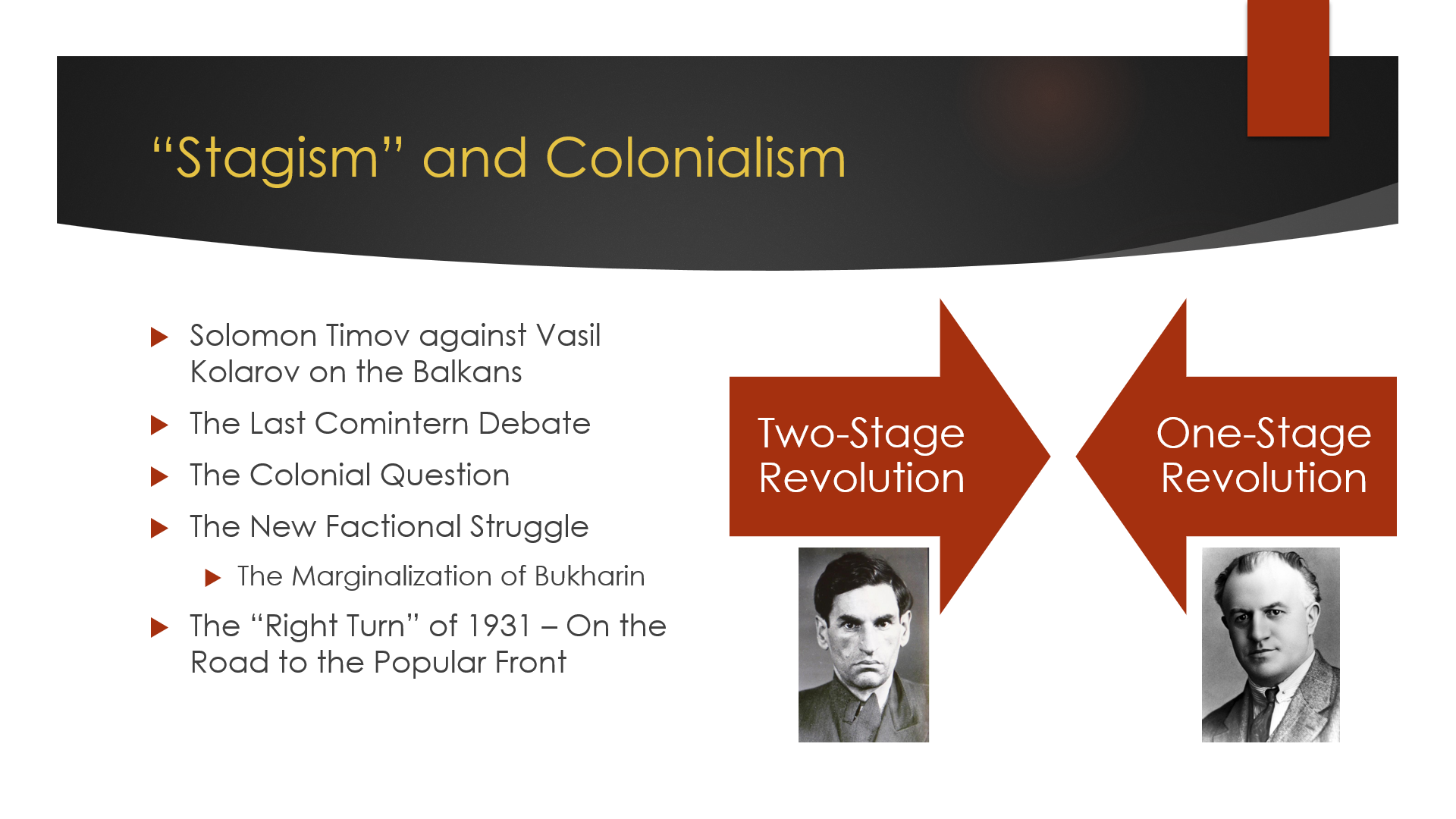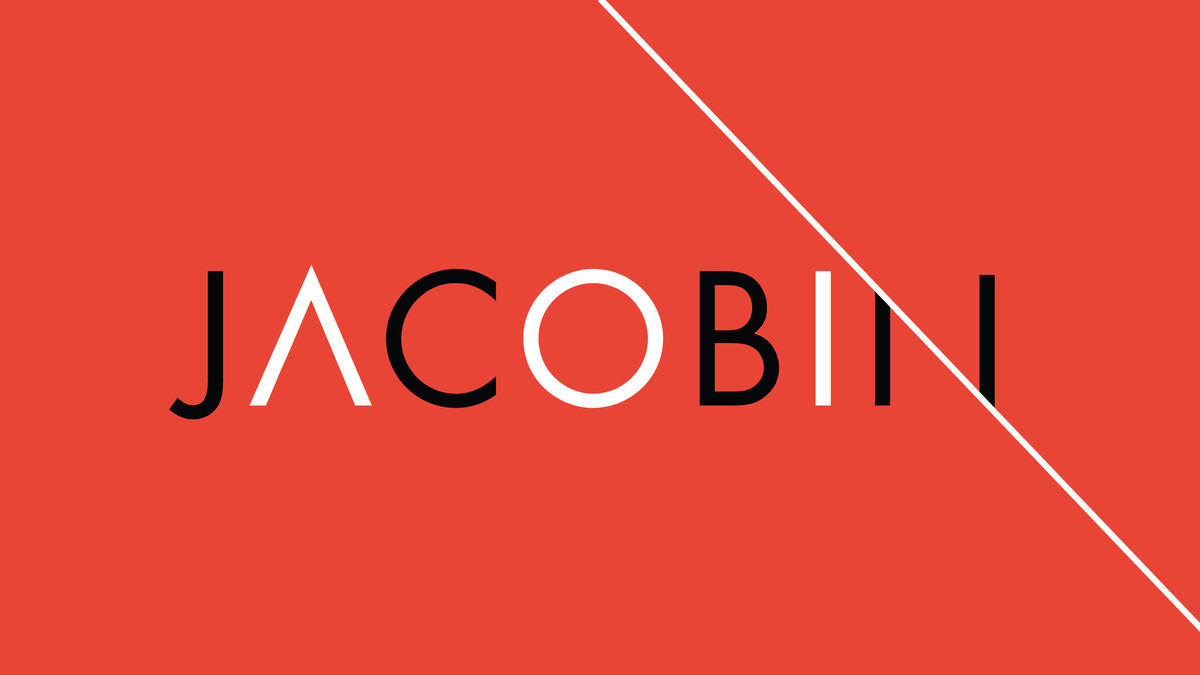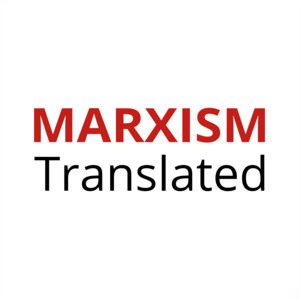This article will examine the Politburo of the Communist Party of Yugoslavia (which I call “Tito’s Team”) as a political infrastructure, looking at its theoretical and practical continuities from its establishment in 1938 until the Tito-Stalin Split in 1948. I claim that Tito’s Team was placed on the left of the international communist movement, meaning that they always tended to pursue a more revolutionary course. While this was what the Comintern leadership wanted until 1941, troubles began once it became evident that Tito’s Team has no intention of changing the course in line with the frequent policy U-turns of the International and the Soviet Union. This attitude was a contributing factor to the escalation of the civil war in Yugoslavia in 1941, but also a leading cause of the party’s persistent anti-fascist stance which resulted in eventually garnering support from the Allies – first the British, rather than the Soviets, as the latter found their approach too offensive. Upon securing external support, Tito’s Team went on to establish a state on Stalin’s model. While this seemingly reflected a covert communist strategy for state takeover in Eastern Europe, in reality it raised eyebrows in Moscow. Moreover, Tito’s foreign policy escapades, including an aggressive stance towards capitalist Italy and support for the Greek communists, significantly hampered Stalin’s plans in Europe. While the escalation of the Cold War in 1947 seemingly again made the Yugoslavs into the role model they were before 1941, Tito and his team were already on a collision course with Stalin.
The article is available here, and the whole edited volume in which it was published is free to download here.




